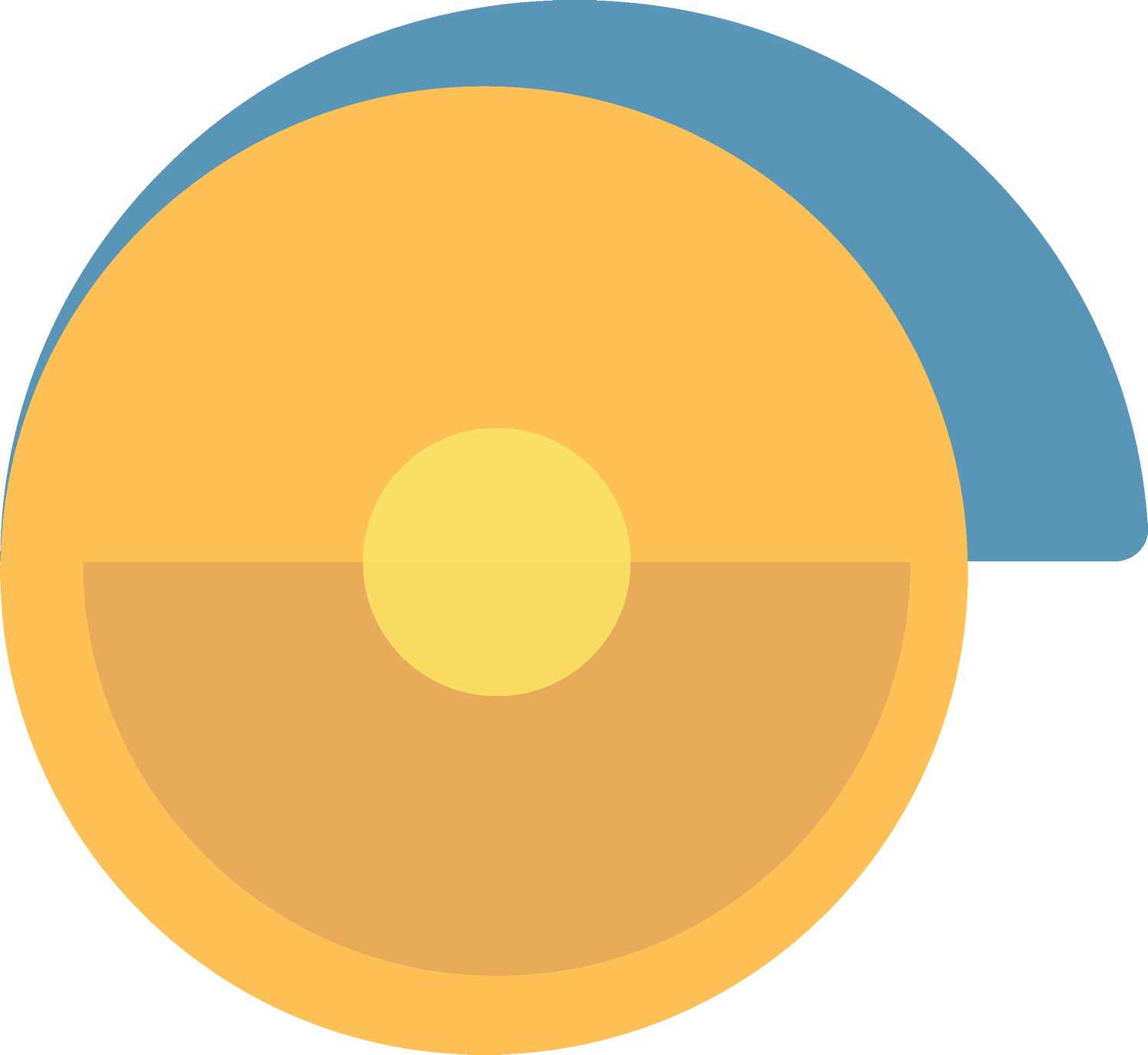When Should You Start Brushing Your Child's Teeth? A Guide for Parents
One of the most common questions we hear in our pediatric dental office from parents is, "When should I start brushing my child's teeth?" It's a great question because establishing good oral hygiene habits early is key to ensuring your child's dental health throughout their life. Let's dive into when and how to start brushing those tiny teeth and whether or not to use toothpaste.
Start Early: Even Before Teeth Appear
You might be surprised to learn that you should begin caring for your baby's mouth even before their first tooth appears. After feeding, gently wipe your baby’s gums with a soft, damp cloth. This helps remove bacteria and establishes a routine that will make the transition to brushing easier once those first teeth emerge.
The First Tooth: Time to Start Brushing
As soon as your baby’s first tooth appears—typically around six months—you should begin brushing it. Use a small, soft-bristled toothbrush specifically designed for infants. Brush gently in small, circular motions, covering all sides of the tooth and gums. At this stage, you can simply use water to clean the teeth.
Introducing Toothpaste: When and How Much?
Once your child reaches the age of two, you can start using a small amount of toothpaste. The amount should be no more than a grain of rice for children under three years old. As they get older and can spit out toothpaste on their own, you can increase the amount to a pea-sized drop.
Choose a toothpaste that's appropriate for your child's age, making sure it contains fluoride. Fluoride helps strengthen the enamel and prevent cavities, but using too much at a young age can lead to fluorosis—a condition that causes white spots on the teeth. That's why it's essential to use the correct amount and supervise your child during brushing to ensure they don’t swallow the toothpaste.
Establishing a Routine
Brushing should be done twice a day—once in the morning and once before bedtime. Make brushing a fun activity by turning it into a game or using songs to encourage your child to brush for the recommended two minutes. You can even let them pick out their own toothbrush with a favorite color or design to make the experience more enjoyable.
The Role of Parents
At this stage, it’s important for parents to take an active role in brushing their child's teeth. While older toddlers might want to try brushing on their own, they don’t yet have the motor skills to do an effective job. Allow them to brush first, and then you can follow up to ensure all surfaces are clean.
When to Visit the Dentist
It's recommended that your child visit the dentist by their first birthday or within six months of getting their first tooth. Early dental visits help to establish a positive relationship with the dentist and allow for the early detection of any potential issues.
Conclusion
Starting a brushing routine early in your child’s life is crucial for building lifelong healthy habits. Begin with gentle gum care, transition to brushing as soon as the first tooth appears, and introduce toothpaste at the right time. With your guidance and regular dental checkups, your child will be well on their way to a lifetime of healthy smiles.
Remember, the habits you establish now will set the foundation for your child's oral health for years to come. Happy brushing!
Kids Dental Spot is a dental office focused providing services to pediatric patients in Anaheim, California serving kids, children, infants and adolescents in the heart of Orange County serving nearby neighborhoods, such as: Fullerton, Brea, Garden Grove, Santa Ana, Buena Park, Placentia, and Orange.
Written and Medically Reviewed by Dr. Atiya Bahmanyar, DDS (Board Certified - Doctorate of Dental Surgery)


